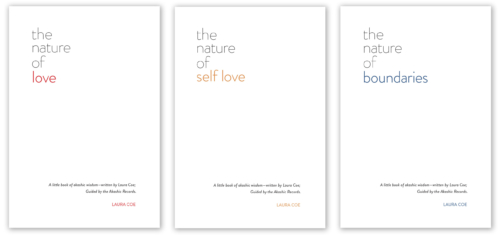Although Mindfulness originates from Buddhist meditation, Jon Kabat-Zinn and other spiritual leaders helped bring mindfulness into American culture. Now, you hear about mindfulness everywhere: mindful eating, mindful parenting, mindful walking, or mindful breathing.What is mindfulness and why is everyone recommending it? Mindfulness involves paying attention to our thoughts without judging them. The mind enjoys judging everything as right or wrong, good enough, or in comparison to others.I was never interested in mindfulness because focusing my mind is like entering onto a 5 lane highway packed with traffic and no exit ramps.Why would anyone want to be mindful when the mind is filled with so many overwhelming thoughts? I would close my eyes and think about: grocery lists, kids, pets, marriages, jobs, errands, friends, what to wear, finances…The endless worries, stresses, lists, and fears were taking over my life. Eventually, I realized I needed something to help me ease my way into my mind.If you have thought about mindfulness, I found one word that could change the experience from overwhelming to enjoyable.Pema Chodron, a Buddhist monk, recommends closing your eyes and paying attention to your thoughts. As you notice a thought, simply say the word, “thinking” and interrupt yourself.Two Easy Steps to Mindfulness:1) Take a deep breath and close your eyes (I know that everyone says this, but it works).If closing your eyes sounds like too much, then try to gaze lightly at an object in front of you.2) Begin to notice your thoughts. As you become aware of the first thought, interrupt yourself by saying “thinking”. (You do not have to say it out loud).Example:“Ok, my eyes are closed…thinking.I should really go to the…thinking.This thinking thing is starting to…thinking.That was funny – I was going to say work…thinking.Ok, ok…thinking.………..Wow I am really…thinking.Did I just have a minute where I did not think? Ooops.. thinking.….……I am hot… thinking.………how long…thinking.”The Goal of Mindfulness is Not SilenceThe next question that comes up for everyone is: “should I have a blank mind?”No, that is impossible. The goal is to quiet the mind from its natural proclivity to wander, perseverate, fixate and obsess.Mindfulness is about attaining mindlessness. We want the mind to settle down, quiet and focus. We want to be mindful, not mind full.We want space between us and our thoughts and observe them without judgment. By the way, this is what happens when we meditate.Mindful eating simply means thinking about, for example, the apple we are eating and nothing else. We do not want to obsess, fixate, or perseverate on other areas of our lives while we eat or apple, our sweet, little apple.For example, take a bite of an apple and notice how quickly you move to another thought: about an unfinished task, a worry, or what movie you want to watch later.Try to eat the apple for 10 seconds using the “thinking” technique. If you don’t eat apples, the same trick works anywhere. Try it: in traffic, in a conversation, in parenting or while you take a deep breath.




